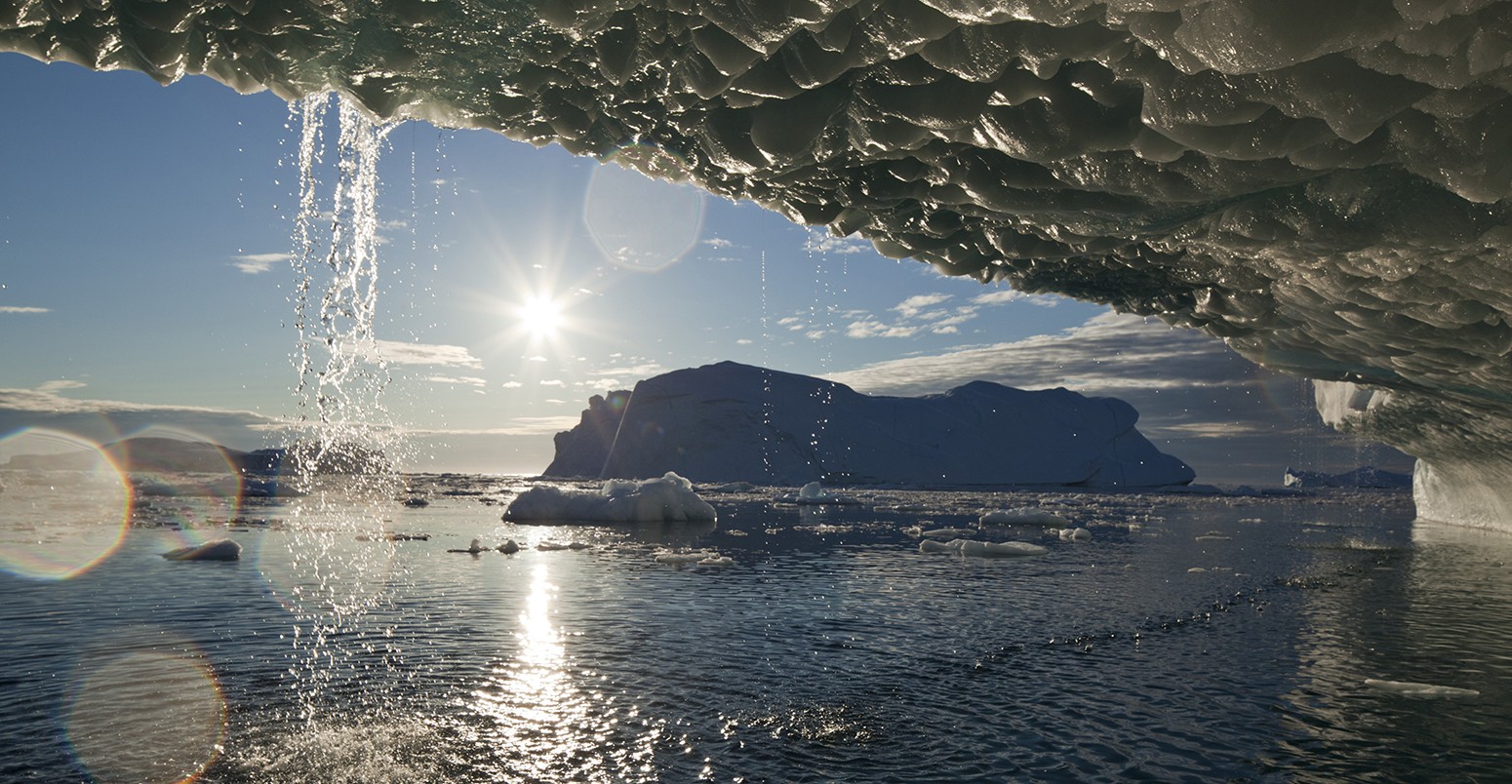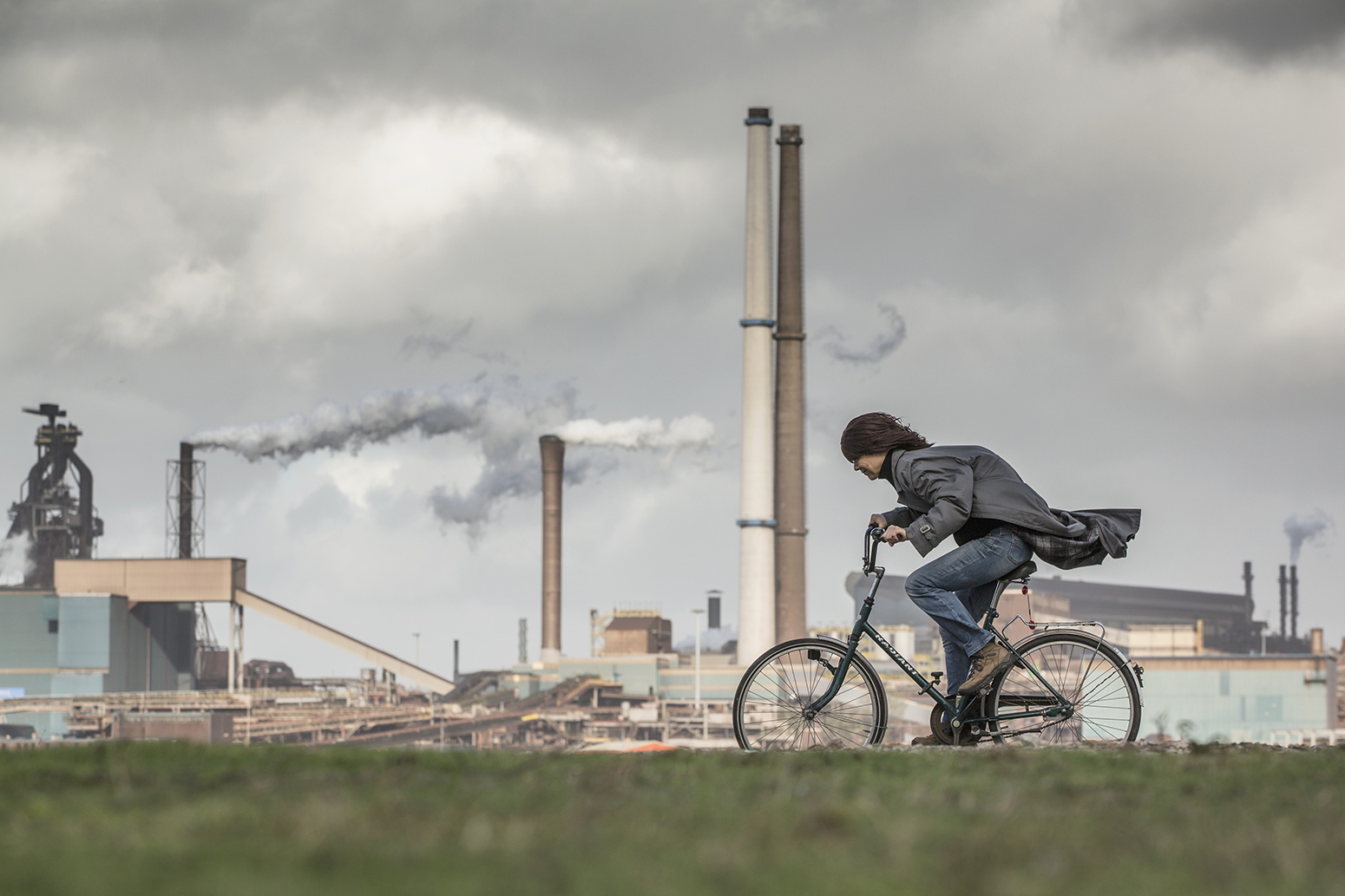
Cuts in Europe’s air pollution have boosted Arctic warming by 0.5C
Robert McSweeney
03.14.16Robert McSweeney
14.03.2016 | 4:00pmTackling air pollution in Europe since its peak in the 1970s could have magnified Arctic warming by half a degree celsius, a new study suggests.
Lower levels of air pollution have seen a decrease in the cooling effect from tiny particles emitted when fossil fuels are burned, the study says.
But it’s not a reason to hold off from cutting pollution further, the researchers tell Carbon Brief, as accumulating greenhouse gases in the atmosphere will continue to be the dominant force behind Arctic warming.
Warming Arctic
Temperatures in the Arctic are increasing more than twice as fast as the global average – a phenomenon known as Arctic amplification.
One of the main causes is the loss of sea ice in the region. As Arctic sea ice melts, energy from the sun that would have been reflected away is instead absorbed by the ocean.
Now a new study, published in Nature Geoscience, suggests that a reduction in air pollution over Europe has also been contributing to rapid Arctic warming in recent decades.
The study looks specifically at sulphur dioxide, which is emitted from power stations, vehicle exhausts and industrial processes, such as extracting metals from ore.
Sulphur dioxide reacts in the atmosphere to form tiny particles called sulphate aerosols. These have a cooling effect by scattering sunlight and stimulating clouds to form, preventing sunlight reaching the Earth’s surface.
Sulphur emissions in Europe peaked in the 1970s and have declined to around a quarter of that level as governments have tackled air pollution. This decline has meant a reduction of the aerosol cooling effect, the researchers say, magnifying Arctic warming by 0.5C since 1980.
Impact on temperature
So, how do cuts to air pollution in Europe cause an increase in temperatures many miles north in the Arctic?
There are two factors in play, the paper says. First, some of these aerosols will be blown over to the Arctic, where they have a direct cooling effect, as described above. Fewer aerosols means less cooling.
Second, reduced cooling over Europe causes an increase in the amount of heat that ocean and air currents carry northwards to the Arctic. This happens particularly during summer, the researchers say, where the influx of heat contributes to the melting of Arctic sea ice.
The researchers used an Earth system model to quantify how much the reduction in aerosols has affected surface temperatures.
They ran their model for the years 1980 to 2005, both with and without the reduction in sulphur emissions seen in Europe since 1980. The results suggest the Arctic is 0.54C warmer because of those emissions cuts, while Europe is 0.13C warmer.
To put that in context, measurements taken between October 2014 and September 2015 on land north of 60°N latitude showed the Arctic was 2.3C warmer than it was during the 1970s.
The researchers didn’t simulate the impact on the Arctic of emissions from other regions of the northern hemisphere. However, co-author Prof Annica Ekman, deputy head of the department of meteorology at Stockholm University, tells Carbon Brief that sulphur emissions from the US could also be affecting Arctic temperatures, but on a smaller scale than Europe:
Meanwhile, sulphur emissions over Asia have increased in recent decades, notes Ekman:

28 Oct 2013 — Cyclist passes the Tata Steel factory blast furnaces in Ijmuiden, Netherlands. © Frans Lemmens/Corbis.
‘Compelling evidence’
Prof Jennifer Francis from Rutgers University, who wasn’t involved in the study, but conducts research into Arctic amplification, says the paper identifies air pollution as an important factor in the loss of Arctic sea ice. She tells Carbon Brief:
However, as the study is only based on one model, the actual amount of warming could be quite a lot more or less than 0.5C, notes Dr James Screen, a senior research fellow at the University of Exeter who also wasn’t involved in the study. He tells Carbon Brief:
‘Dominant driver’
Although tackling European air pollution has accelerated Arctic warming, that isn’t a reason to hold off from further cuts, says Ekman:
Screen also emphasises that it’s greenhouse gases that are still the principal cause of Arctic warming, not aerosols:
Main image: 10 Jun 2010, Ilulissat, Greenland — Setting midnight sun lights melting icebergs from Jakobshavn Isfjord along Disko Bay on summer evening.
Acosta Navarro, J. C. et al. (2016) Amplification of Arctic warming by past air pollution reductions in Europe, Nature Geoscience, doi:10.1038/ngeo2673.

